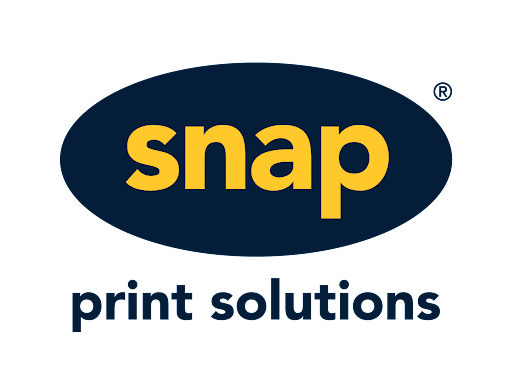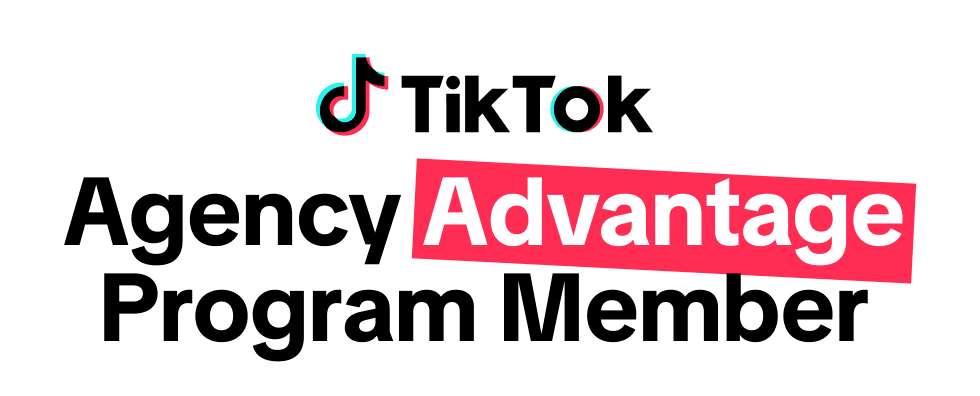The Australian eCommerce Marketing Checklist
Things are changing fast when it comes to online retail. Growth over the past two years has been nothing short of amazing with categories like furniture and electronics growing more than 200%. Even established areas like clothing have grown by 59% over the same period. From a global perspective, every national market covered by eMarketer saw double-digit eCommerce growth.
Growth is something you should be excited about, but it also comes with its own set of challenges. From a marketing perspective, you will be faced with new players entering your market. You’ll likely see huge marketplaces like Amazon continue to entrench their already powerful position as they expand their offering. You’ll also likely see existing competitors investing in improving what they do to also take advantage of the new opportunities.
The challenge, and the opportunity, is to find a way to maintain or grow your current market share in the midst of these pressures.
And that’s where we fit in. As a digital marketing and ecommerce agency, we work across a wide range of eCommerce campaigns and websites. We get to see what’s working, and what’s not working, from an industry perspective across the SEO, PPC, and Paid Social Ad campaigns we run for our clients.
I’ve sat down with our specialists and strategists, and collated what they see as the 19 smartest ways to improve eCommerce marketing right now.
Grab a coffee, and get ready to take notes on the two or three areas most likely to be a game-changer for your business. Most importantly, get ready to take action!
All the best,
James

19 killer tips to scale your online business
Tip 1. Don’t forget the marketing basics
ECommerce marketing is still marketing. Before tweaking your feeds, optimising your Google Shopping campaigns or finessing your product shots, make sure you’ve reviewed the basics:
- Review your buyer personas: Who are your best customers? What motivates them and how do they get value from your offering?
- Understand your buyer journey: Where do your customers hang out? Are you speaking to them there?
- Competitor research: Never start your marketing with a blank piece of paper. Do research to understand how your competitors are better than you in terms of their marketing and their online experience. What can you implement or improve from this knowledge?

Tip 2. Run Google Shopping ads
If you’re not already advertising on Google Shopping then there is a very good chance you are missing out on sales. Google Shopping Ads are the #1 way to ensure you have a prime position on search results pages for customers looking for products just like yours.
How it works is simple. If someone searches for a product you offer, Google will show the user Shopping Ads for your products, and those of your competitors. If your ad is clicked on, they’ll be taken right to your product page.
The click-through rate (CTR) and cost per click (CPC) of shopping ads depends heavily on the product you’re selling and how competitive your market is. Typically, the more visual the product, the better the CTR, and the more competitive the category, the higher the CPC.
Here are three reasons to use Google Shopping even if you are already performing well on Google in other ways:
- Visual: Google Shopping is a visual format. This ensures you stand out from the more text-based listings on the same page.
- Exposure: Well marketed products can appear multiple times within the one search - Google Shopping Ads, a standard organic shopping listing and a text-only PPC result. The more slots you take, the fewer opportunities your competitors have.
- Higher conversions: Traffic from Google Shopping typically has a much higher conversion rate than text ads.

Tip 3. Invest in eCommerce SEO
SEO demands an investment in time and resources, but consider this: more or less every other marketing channel you care to name involves an ongoing cost for the visits or sales generated. This includes Google Ads, TV, radio, print, trade shows and even referrals. When a business has momentum through organic search, leads and inquiries don't have a hard cost per acquisition in terms of buying media.
SEO has changed dramatically in recent years and further changes are no doubt on their way. For these reasons, we understand why some marketers have distanced themselves from SEO. Our advice from experience is don't be one of these marketers who forget about SEO when creating your B2C or B2B outbound marketing strategies. SEO is a long-term game with a solid ROI.
For the best results, your eCommerce SEO strategy should include:
- Keyword research: which keywords are customers using when searching for products you sell?
- Site architecture: what is the best site structure to ensure search engines like Google can effectively crawl and rank your site pages for the keywords you value?
- On-Page SEO: What changes need to be made on specific pages to ensure they rank for strategic keywords.
- Local SEO: What needs to be done to optimise your site to perform well in local organic searches?
- Content marketing: What content needs to be created to attract and engage future customers?
- Link Building: What needs to be done to attract links from high authority sites pointing to your site?

Tip 4. Advertise on Facebook and Instagram
With over 18 million users a month in Australia, Facebook and Instagram are not to be ignored when it comes to devising your eCommerce marketing strategy.
Their huge audience, combined with the ability to target customers based on what they like, their interests, and their behaviours gives you a tool designed to get your message in front of those most likely to convert.
Follow these tips to make the most of your ad spend:
- Get your images right: Eye-catching visuals are critical. People tend to scroll through their feeds quickly and are not typically looking for an ad.
- Image Text: Be clever with the ad copy you include along with your creative. You have limited real-estate, make the most of it.
- Faces: Images including a person often connect with audiences more strongly than those without.
- User your database: Use your existing database to create a custom audience and target people who already know your brand and build lookalike audiences to reach similar people that don’t know your brand.
- The offer: Make sure you use scarcity and urgency to grab people’s attention by including an enticing offer such as a discount, free shipping, or bundle products for a time limit.

Tip 5. Implement a review strategy
Make no mistake, online reputation can make or break your business. And it can certainly be the difference between a struggling and thriving eCommerce brand.
- More consumers are reading online reviews than ever before. In 2021, 77% 'always' or 'regularly' read them when browsing for local businesses (up from 60% in 2020).
- 89% of consumers are more likely to use a business that responds to all of its online reviews.
- The percentage of consumers who would only use a 5-star business has fallen from 12% in 2020 to just 4% in 2021.
- In 2021, just 3% consumers said they would consider using a business with an average star rating of two or fewer stars. That's down from 14% in 2020.
Users are looking for at least a 4.0 average rating. No business is perfect, and users understand this. They expect to see some negative experiences.
Source: https://www.brightlocal.com/research/local-consumer-review-survey/
When it comes to reviews, success simply does not happen by accident. Here are some tips when building out your review strategy:
- Automation: Build-in ‘ask for a review’ responses to your customers at the end of the online purchase, within your product packaging and by using email marketing.
- Simple: Make leaving a review as simple as possible. Provide a clear link and consider using a QR code.
- Follow-up: Don’t be afraid to follow up review requests.
- Engage: Respond to all reviews (positive and negative) with a genuine response.
Listen: Take notice of the feedback and improve your offering as a result.

Tip 6. Expand your audience with influencer marketing
Influencer marketing is all about building your credibility and growing your audience through influencers. This is a large and growing area in the world of eCommerce and something that should be seriously considered if you’re not already doing it.
When assessing a potential influencer consider:
- Be clear about your goals and what success looks like before partnering with an influencer.
- Does their audience overlap with one of your key personas?
- What is the quality of their audience like? Can you trust they have real followers?
- What budget will you need to work with them?
- Is the influencer likely to have a positive experience with your offering?
- Review their posts and overall brand. Does it align with your own?

Tip 7. Optimise for voice assistants
There remains a competitive advantage for those marketers who invest in optimising their site for long-tail voice searches. As of 2019, 57% of the Australian population use voice search features, and this number is predicted to increase.
To support voice search, marketers have to take a step back from formal language and adopt what is now getting traction as 'Conversational Marketing'. This includes rapid adoption of interactive, personalised and relatable website copy that 'speaks' to your target customers.
Optimising for voice search is all about getting ahead of the curve when it comes to being the first result read out by the assistant on your customers device.
Tip 8. Create a fully mobile-optimised experience
40% of Gen Z in Australia feel businesses are not delivering slick eCommerce experiences.
A lot of your customers want to do their research and complete their purchase on their mobile device. How easy do you make this? What obstacles are you putting in their way?
It’s time to do a full audit on your entire buyer experience from a mobile perspective and compare it to those who do mobile best. Need some inspiration?
- Amazon
- Etsy
- Dan Murphy’s
Tip 9. Use your customers to drive traffic
How do you currently motivate and incentivise your customers to be advocates of your brand? If the answer is that you don’t, then you have a big opportunity to pursue.
Each of your customers have a network of people they engage with and influence. Family, friends, colleagues and more. By encouraging and incentivising your customers to share or promote your products and content, you’re giving yourself a huge opportunity to speak with new people.
Best of all, you automatically gain the credibility of a referral when a customer recommends people that they know to visit your site or checkout something they have purchased from you. Genuine referrals are amongst the most valuable forms of visitors you can attract.
Tip 10. Trial a text message campaign
It’s hard to think of a more direct and personal way to communicate with your customers than by sending them a text message. However, the reality is that not everyone wants to receive messages from companies on their phone.
If you decide to go down this potentially lucrative path you should:
- Ensure your customers know they are consenting to receiving text messages when they provide you with a mobile number.
- Make sure any messages you send are to the point and valuable.
- Ensure that frequency is respectful. This is a more intrusive form of communication than email.
- Make sure the steps to stop future messages are clear, simple, and effective.
Tip 11. Capture more email subscribers
Businesses that have spent the time and money to build a large database of future customers have a powerful platform for their marketing efforts. These companies can reach out, at virtually no cost, and communicate via email, SMS, retargeting, 1:1 calls, and even physical mail to large numbers of potential customers.
If you don’t have such a database, get started building it today. It’s never too late to start. How about swapping a future discount or early access to special offers for an email address or mobile phone number?
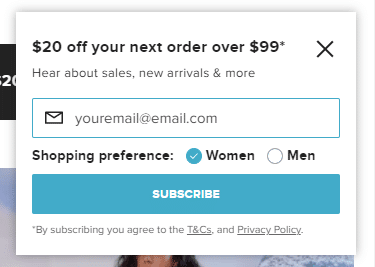
Tip 12. Improve your email campaigns
It’s well known that email drives one of the highest ROIs when compared to other digital channels. Yet many businesses are reluctant to invest time, effort, and resources into good email marketing.
Here’s a small selection of valuable emails you should be sending to your customers and prospects:
- Welcome email: Send a welcome email to all new customers who make a purchase.
- Offers: Consider using email to provide exclusive promo codes and free gifts to members.
- Newsletters: Send a regular newsletter to inform customers and subscribers of new products, offers, tips and more.
- Be helpful: When a product is purchased, send content designed to help them get the most from their recent purchase.
Feedback: Use email to ask for feedback from customers as well as those who abandoned cart and didn’t complete their purchase. Ask about their experience and how you can improve it.
Tip 13. Install and adequately staff live chat
If answering your visitors' most pressing questions is a priority for you, then you should consider installing live chat on your website. There are a number of excellent paid and free options in this area worth exploring.
The key to successful live chat is that you are resourced sufficiently to respond to chat in a timely fashion.
At minimum, consider designing and adding a chatbot to help users find what they are looking for faster.
Tip 14. Embrace personalisation
Personalising the shopping experience is a great way to engage customers and generate additional sales. It involves the tailoring of dynamic content for a specific shopper based on data such as their demographics, previous purchases, browsing history, device type, specified preferences and even their intent.
Here are some examples of personalisation in action:
- Recommended products
- Location data used for pricing and checkout
- Dynamic pricing
- Custom offers
- Upselling and cross-selling
- Personalised emails, onsite messaging and remarketing campaigns

Tip 15. Leverage user-generated content
User-generated content (UGC) is a great way to generate social proof. It’s all about showing customers that people just like them are purchasing or using your products. This makes the decision they are about to make inherently less risky.
Here are some common types of UGC you can integrate into your website and campaigns:
- Reviews and testimonials
- Social media content showing people using or talking about your products
- Surveys
- Third-party blog content about your offering
- Case studies
Let’s face it, the average person does not trust what a marketer says about their company's offering. By using your customers' own words and actions, you can quickly and effectively build trust to help overcome this.

Tip 16. Reward loyal customers
An eCommerce loyalty program rewards customers with discounts, coupons, free delivery, cashback or freebies when they make repeat purchases.
Loyalty programs are good business for a number of reasons:
- Improve customer retention: Customers will change their behaviour to gain rewards. Faced with immediate rewards or cumulative rewards, a portion of your customers will stick with your business when rewarded appropriately.
- Create brand advocates: A well-designed loyalty program will get your best customers talking about you with their networks.
- Grow sales: Reward programs boost sales to existing customers.
- Improve ROI: The cost of acquiring new customers is generally higher, and often significantly so, than the cost of a well-designed rewards program.
Here are some examples of common loyalty programs:
- Point-based programs: The more you spend, the more points you earn.
- Tiered (or status) programs: Reach a defined level of spending and achieve a certain membership tier. The more you buy, the higher you rise and the more you’re rewarded.
- Paid programs: Become a member for a fee and enjoy the benefits.
- Charity program: Actions taken by customers will benefit a mutually selected charity.
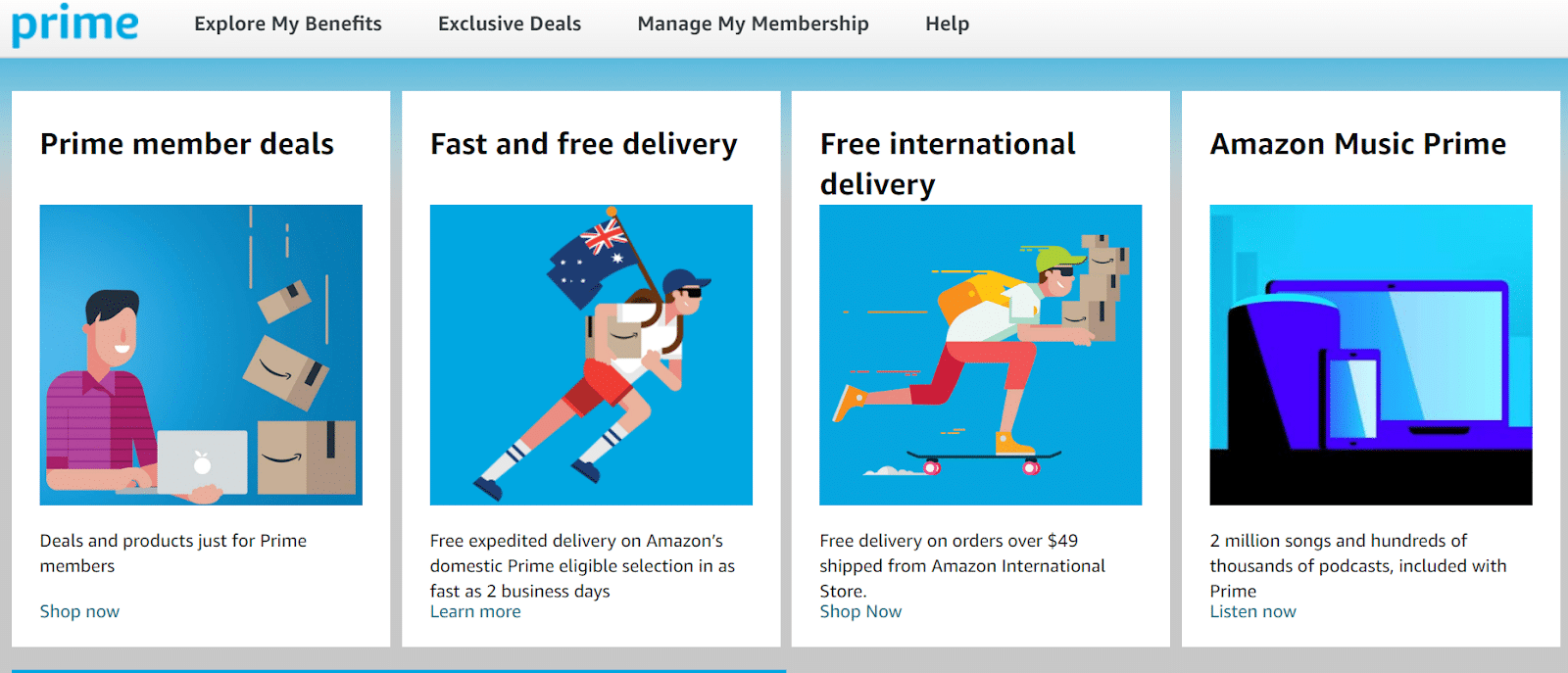
Tip 17. Increase your ROI with Conversion Rate Optimisation (CRO)
Genuine customers are like gold. Don’t be the business that misses out on a sale because your competitor’s site was more effective. Work out how to do more with your existing traffic by increasing your conversion rate (i.e. the percentage of people who go on to complete the desired action on your website).
CRO begins by defining the key conversion points on your website. Typically these include:
- Sales
- Adding a product to the cart
- Adding a product to the wishlist
- Adding their email address to your database
The next step is to work out which changes or A/B tests should be made to discover what your customers consider better ways to complete a specific action. Common opportunities for eCommerce CRO include:
- Streamlining the process of browsing or finding products
- Optimising product pages
- Decreasing cart abandonment and improving the checkout process
- Building credibility by displaying reviews and other forms of user generated content
- Improving website speed
- Clarity and improvements to shipping and returns
Tip 18. Sell true value with video
Simply maintaining product images can be an intimidating amount of work, but there is a major opportunity for those retailers above to incorporate video into their key site pages and product pages.
Video in content and digital advertising drives results. Having run a huge number of campaigns across different industries and channels, we know that typically campaigns are more effective when video or animation is used.
How much more effective would your homepage or product pages be if customers could see your offering in action rather than as a simple static image? The great thing about creating effective video content is that it doesn’t need to be hugely expensive.
Viewers are not expecting Steven Spielberg quality. The video needs to be relatable, engaging, and deliver value to the viewer.
The point being, depending on your industry, you might not have to invest heavily in equipment, location, and the like, as you would if you were creating an ad for TV. Well-executed, low-cost production with a smartphone, good quality microphone and, most importantly, great quality content will do the trick in most instances. Think fewer bells and whistles and more value-delivery and personalisation.

Tip 19. Invest in location-based marketing
Location, or local marketing, is valuable for any business:
- That has a physical location
- Where customers within a certain location are more valuable than others.
- Whose prospects are more likely to convert when shown location-specific ads or content
In other words, location-based marketing is valuable for all businesses wanting to know how to improve social media and digital marketing strategy.
Location-based marketing involves optimising your website and your marketing campaigns to help drive and convert traffic from localised regions.
Google’s search algorithm uses location to display relevant listings and visuals in both organic and paid listings. Social media ads also use location as part of targeting. Your focus should be on understanding your target audience to ensure you are marketing to either the most valuable people based on location, or delivering the most valuable content or visuals to your prospects based on location.
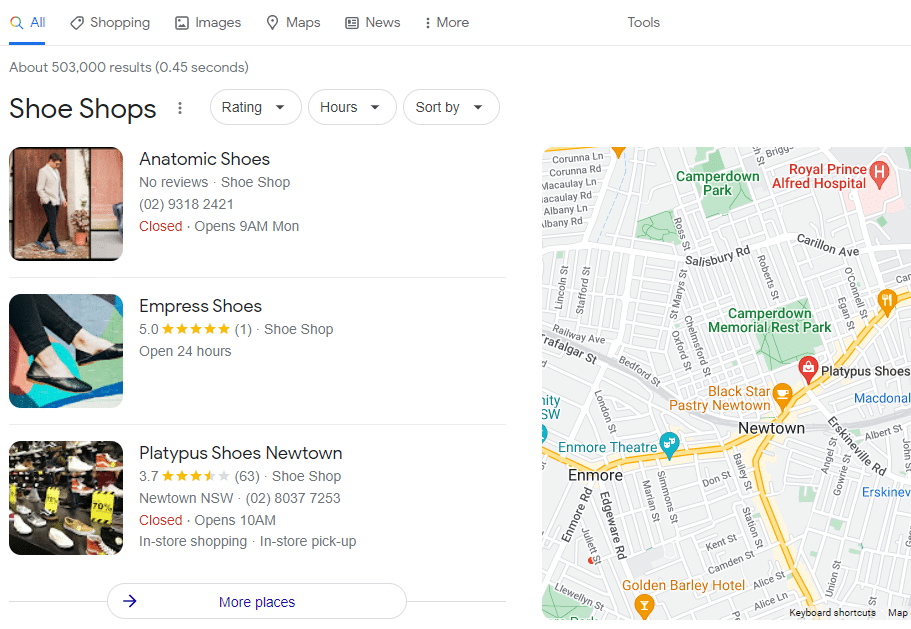
About the Author

James is co-founder of multi-award-winning Australian digital marketing agency Rocket, keynote speaker, host of Apple’s #1 Marketing Podcast, Smarter Marketer, and co-author of the 2019 Amazon Australia’s #1 best-selling marketing book of the same name. He was also a finalist in 2019 and 2020 B&T Marketer of the Year.
James’ 15-year marketing career working with more than 500 in-house marketing teams inspired the 2019 release of Smarter Marketer. It has been endorsed by marketers at some of Australia’s leading brands, including Hubspot and KPMG.
In 2022, James launched the Smarter Marketer podcast, the definitive podcast for Australian marketers. Released fortnightly, James sits down with local experts and global authorities to discuss how Australian marketers can become more successful in their careers.











